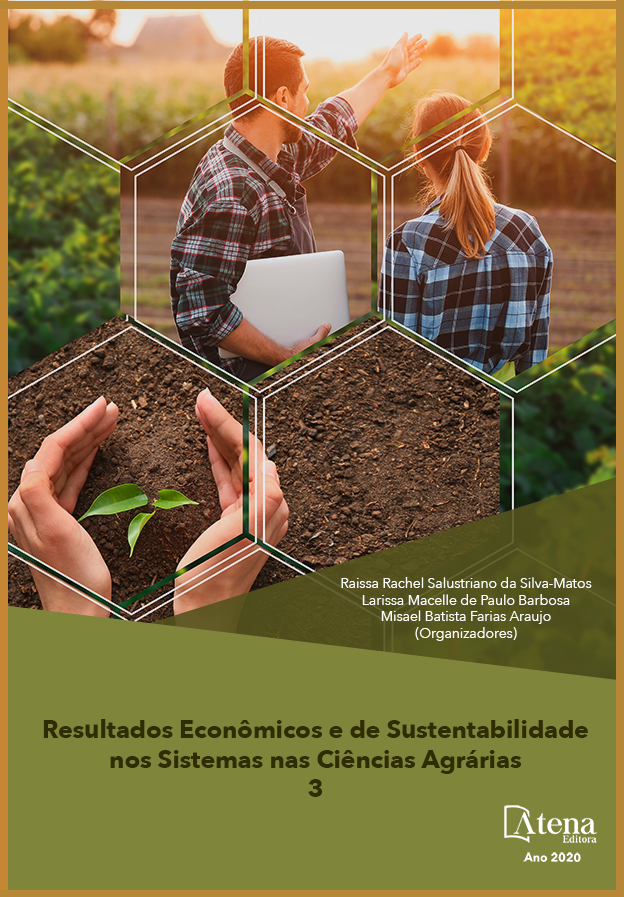
SENSIBILIDADE IN VITRO E IN VIVO DE ISOLADOS DE ALTERNARIA SOLANI A FUNGICIDAS
O fungo Alternaria solani, agente causal da pinta preta, apresenta alto potencial destrutivo, incidindo sobre folhas, hastes, pecíolos e frutos do tomateiro, causando grandes prejuízos econômicos em qualquer estágio de desenvolvimento da planta, com maior tendência de ocorrência em folhas mais velhas. A severa destruição foliar afeta a produtividade, tamanho e número de frutos. Por isso, o presente estudo teve por objetivo avaliar a sensibilidade in vitro e in vivo de nove isolados de A. solani a diferentes fungicidas comumente utilizados em cultivo de tomate no Brasil. Os tratamentos utilizados foram: Metiram (1,100 g L-1) + Piraclostrobina (0,100 g L-1); Boscalida (0,075 g L-1); Boscalida (0,100 g L-1) + Cresoxim-metílico (0,050 g L-1); Piraclostrobina (0,100 g L-1); Fluxapiroxade (0,058 g L-1) + Piraclostrobina (0,116 g L-1); Mancozebe (2,250 g L-1) e o controle. Os bioensaios in vitro e in vivo avaliaram nove isolados: ASI01, ASI02, ASI03, ASI04, ASI05, ASI06, ASI07, ASI08 e ASI09 provenientes de diferentes regiões. A mistura de Fluxapiroxade+Piraclostrobina foi o tratamento que proporcionou as maiores reduções do ICM (bioensaios in vitro), da severidade e AACPDs (bioensaios in vivo) dos nove isolados de A. Solani. No entanto, os demais fungicidas testados também apresentaram eficiente controle da doença tanto in vitro como in vivo. Os resultados também evidenciaram que há diferença na sensibilidade de alguns produtos para diferentes isolados de uma mesma região, bem como de regiões diferentes, indicando a importância deste tipo de estudo, para definir as melhores práticas de manejo e posicionamento de produtos. Uma vez que os inóculos avaliados são provenientes de diferentes regiões produtoras, é de grande importância verificar a eficiência dos fungicidas e quais são os ingredientes ativos mais recomendados para cada local.
SENSIBILIDADE IN VITRO E IN VIVO DE ISOLADOS DE ALTERNARIA SOLANI A FUNGICIDAS
-
DOI: 10.22533/at.ed.76820111216
-
Palavras-chave: Carboxamidas, Estrobilurinas, Pinta preta, Solanum lycopersicum L., Tomateiro.
-
Keywords: Carboxamides, Strobilurins, Black spot, Solanum lycopersicum L., Tomato.
-
Abstract:
The fungus Alternaria solani, the causal agent of the black spot, has a high destructive potential, affecting leaves, stems, petioles and tomato fruits, causing great economic damage at any stage of development of the plant, with a greater tendency to occur in older leaves. Severe leaf destruction affects yield, size and number of fruits. For this reason, this study aimed to evaluate the in vitro and in vivo sensitivity of nine isolates of A. solani to different fungicides commonly used in tomato cultivation in Brazil. The treatments used were: Metiram (1.100 g L-1) + Pyraclostrobin (0.100 g L-1); Boscalide (0.075 g L-1); Boscalide (0.100 g L-1) + Cresoxim-methyl (0.050 g L-1); Pyraclostrobin (0.100 g L-1); Fluxapyroxade (0.058 g L-1) + Pyraclostrobin (0.116 g L-1); Mancozebe (2.250 g L-1) and the control. The in vitro and in vivo bioassays evaluated nine isolates: ASI01, ASI02, ASI03, ASI04, ASI05, ASI06, ASI07, ASI08 and ASI09 from different regions. The mixture of Fluxapyroxade + Pyraclostrobin was the treatment that provided the biggest reductions in ICM (in vitro bioassays), in severity and AACPDs (in vivo bioassays) of the nine isolates of A. Solani. However, the other tested fungicides also showed efficient disease control both in vitro and in vivo. The results also showed that there is a difference in the sensitivity of some products to different isolates from the same region, as well as from different regions, indicating the importance of this type of study, to define the best practices for handling and positioning products. Since the inoculum evaluated come from different producing regions, it is of great importance to check the efficiency of the fungicides and which are the most recommended active ingredients for each location.
-
Número de páginas: 20
- Janaina Marek
- Jessica Caroline Miri


